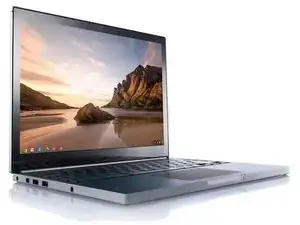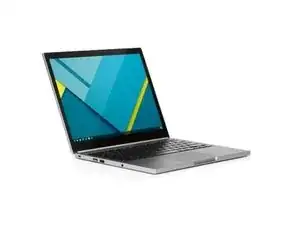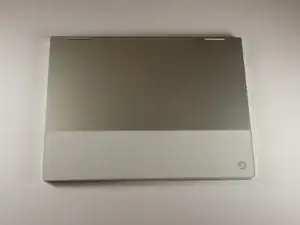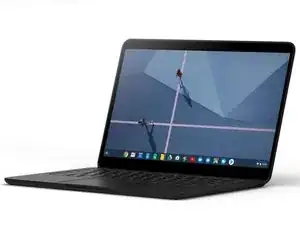Background and Identification
The Google Chromebook line originated with the first Chromebook from any manufacturer, coming out in December of 2010 and known as the Google Cr-48 Chromebook. It offered 8 hours of battery life, 2 GB of RAM, and 16 GB of internal storage. Google didn’t manufacture another Chromebook until February of 2013 when it came out with the Chromebook Pixel. This updated device had 4 GB of RAM but, surprisingly, only 5 hours of battery life.
Google came out with an updated Chromebook Pixel in 2015. The 2015 version provided 8 or 16 GB of RAM and 12 hours of battery life. The most recent Google Chromebook, as of summer 2020, is the Google Pixelbook Go, which came out in October of 2019. The Google Pixelbook Go offers 8 or 16 GB of RAM and 12 hours of battery life.
A range of other Chromebook lines exist, all offering various devices with different features and capabilities. All of these devices are still Chromebooks at their core—offering users a simple, cost-effective device that is optimized for web browsing and activity within the Chrome browser without added features. Essentially, Chromebooks are fantastic for editing a Google Sheet, but you shouldn’t count on them to run external software.
Google Chromebooks are thin, neutral-colored laptops. Most models have the word “Chromebook” and the Google logo printed on the back of the device.
Google Chromebooks
- Google Cr-48 Chromebook
- Generic Chromebook
- Chromebook Pixel (2013)
- Chromebook Pixel (2015)
- Google Chromebook Pixel 2
- Google Pixelbook
- Google Pixelbook Go







